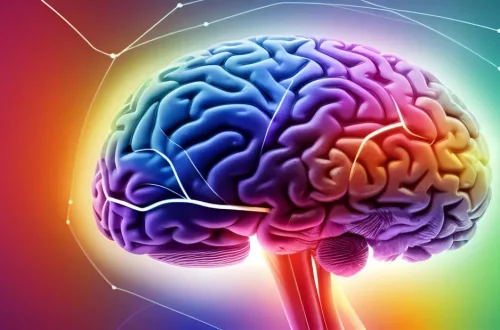
ChatGPT vs. Bard: A Comprehensive Comparison of Large Language Models
ChatGPT and Bard are two of the most powerful Large Language Models (LLMs) available today.LLMs are Artificial Intelligence (AI) that can generate and understand human language. They are trained on large text and code datasets and can be used for a variety of tasks such as writing, translating, and coding.

Trained on a wide range of text and code datasets, ChatGPT demonstrates a wide range of skills, including generating text, translating language, producing creative content, and answering questions with informative answers.ChatGPT’s responses are generated based on the knowledge it has been trained on, which has an expiration date and does not include real-time web access. This makes ChatGPT an invaluable tool for a variety of tasks, but it cannot access or retrieve current information from the web.
What really sets Bard apart is its ability to access and process real-time Web data. This allows Bard to retrieve and utilize current information from the Web, providing a more up-to-date and comprehensive response than other large language models. In addition, Bard is designed with a strong emphasis on reliability and minimizing the possibility of biased or inaccurate responses.
The world of large language models can be awe-inspiring, but what really matters is finding the model that meets your unique needs. While ChatGPT and Bard have extraordinary capabilities, the final decision depends on your specific goals. Are you a content creator looking for artistic inspiration, a coder looking for efficient code generation, or a researcher needing up-to-date information? Each model has its strengths and differences.
The right model can be a powerful ally to your creative or professional endeavors, so let’s navigate the terrain to find the model that best fits your ambitions.
Despite the similarities between Bard and ChatGPT prompt writing, it’s important to note that these two large language models have distinct advantages and disadvantages.
Bard: Strengths and Weaknesses
Bard Strengths:
Bard specializes in producing well-structured, comprehensive content. Bard provides a detailed and in-depth understanding of the subject matter, making it an appropriate choice for topics that require in-depth study.
Bard demonstrates a high level of technical accuracy. It excels at providing precise information about complex topics, which is valuable for content that requires technical expertise.
Bard’s content tends to be well-organized, making it suitable for functions that require logical flow and structure. It specializes in informational and educational content.
Bard can provide real-time data access through integration with Google Search. This means that Bard can access and process information in the real world and make it available to users in a timely manner.
Bard integrates with Google Docs and other Google Workspace applications such as Gmail and Drive. This means you can access Bard directly from these applications and use it to generate text.
Bard is currently free to use, and there is a paid API version of Bard designed for developers and organizations that need to programmatically access Bard’s functionality.Pricing for the Bard API is still under development, but it is expected to be very affordable compared to similar services.
Bard is trained on a large text and code dataset that includes a lot of NSFW content. It can recognize and filter NSFW words from its responses, but it’s not perfect. If you are concerned about NSFW content, you should use Bard with caution.
Bard’s weakness:
Bard’s content can sometimes be overly formal, which may be inconsistent with the conversational tone required for certain functions. This formality may need to be adapted to the target audience.
Bards often produce lengthy content. While this is beneficial for detailed blog posts, it may not be ideal for succinct posts.
Bard trains on a large text and code dataset, but that dataset may contain inaccurate or misleading information. As a result, Bard may sometimes generate factually incorrect text.
Bard trains on datasets that reflect real-world biases. As a result, Bard may sometimes generate text that is biased against certain people or ideas.




